The Increasing Need For Trained Maternal Fitness Instructors
 The need for trained maternal fitness professionals has greatly increased as a result of the number of fit women who desire to continue with their exercise routine once they become pregnant. The past several decades has provided a large body of evidence that supports the benefit and safety of prenatal exercise in uncomplicated pregnancies, and ACOG and other fitness and medical health organizations recognize the importance of fitness in a healthy pregnancy. Studies have shown that women who continue or even start an exercise program during pregnancy gain less fat weight, have fewer complications during labor and delivery, and return to their pre-pregnancy weight faster than women who didn’t exercise while pregnant.
The need for trained maternal fitness professionals has greatly increased as a result of the number of fit women who desire to continue with their exercise routine once they become pregnant. The past several decades has provided a large body of evidence that supports the benefit and safety of prenatal exercise in uncomplicated pregnancies, and ACOG and other fitness and medical health organizations recognize the importance of fitness in a healthy pregnancy. Studies have shown that women who continue or even start an exercise program during pregnancy gain less fat weight, have fewer complications during labor and delivery, and return to their pre-pregnancy weight faster than women who didn’t exercise while pregnant.
Knowing what the current evidence based guidelines are for pregnant and postpartum women and being able to work with this population will open up opportunities to create a specialized program that fits their unique needs. Fitness professionals who have training in this field offer skilled support and guidance to pregnant and postpartum women and help them confidently include exercise as part of their lifestyle. Pregnant women are unsure of what exercises and activities they can continue throughout pregnancy and need guidance on how to monitor their routine for safety. As pregnancy progresses, women need strategies for modifying their exercise program as their body changes to maintain a comfortable and safe routine.
For more information on prenatal and postpartum exercise and our CE correspondence course, “Prenatal and Postpartum Exercise Design” please visit, www.ppfconsulting.com
Article reprinted from Catherine’s Maternal Fitness blog with permission.
Catherine Cram, MS, is the owner of Comprehensive Fitness Consulting, a company that provides pre- and postnatal fitness certifications and information to hospitals, health & wellness organizations and the military.
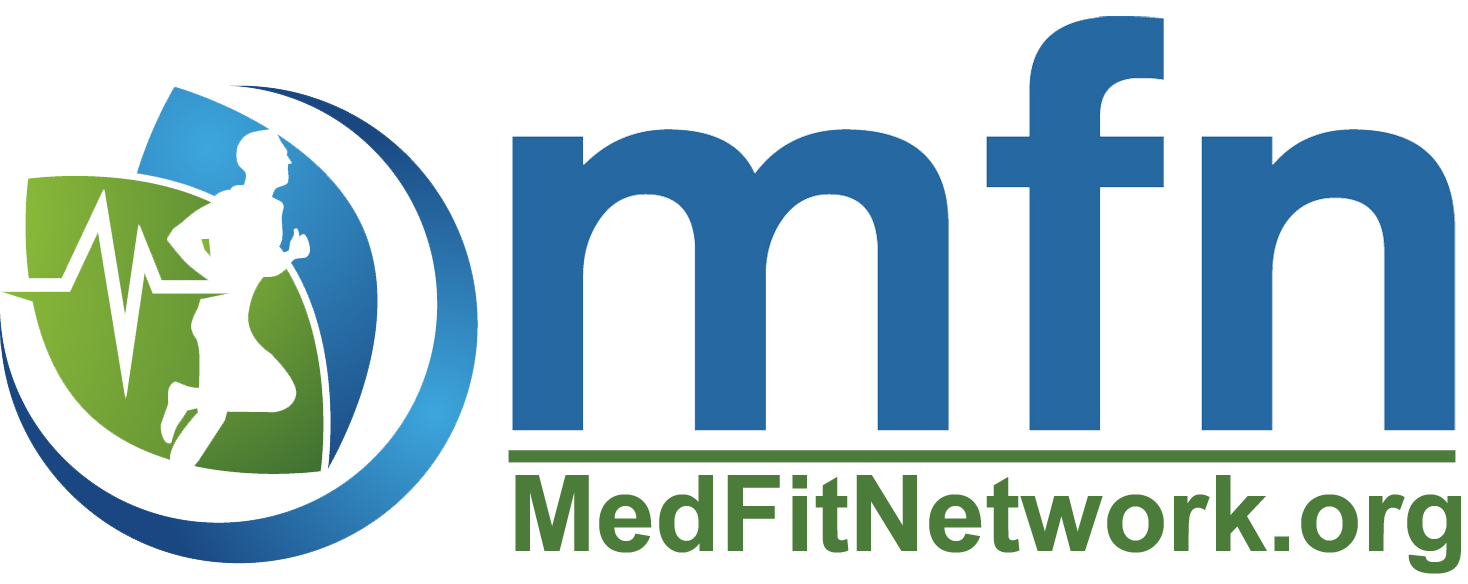

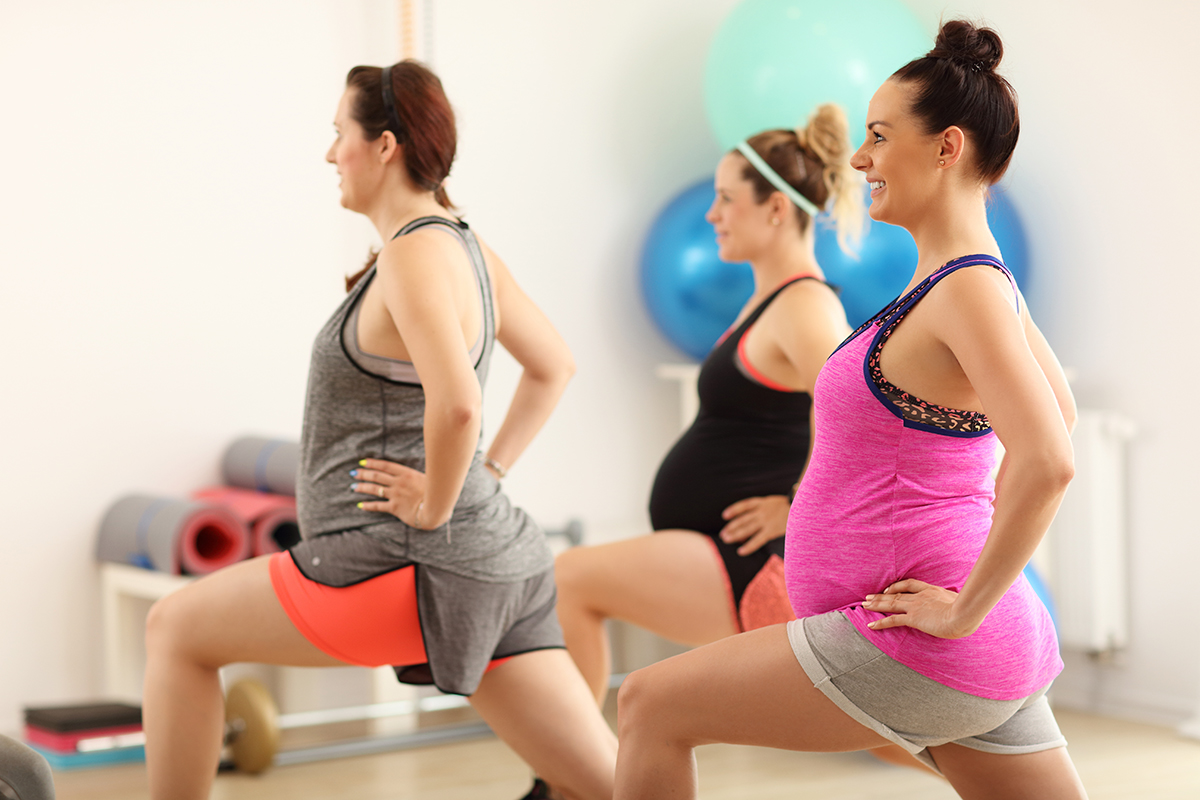
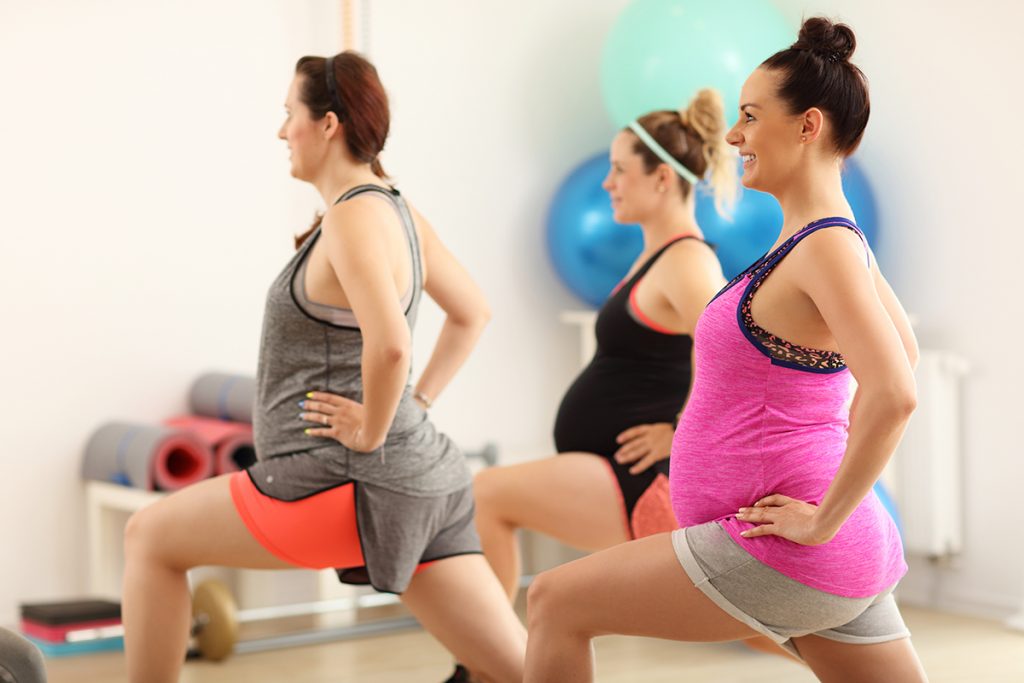 Many women enjoy downhill skiing, cross country skiing, and snowboarding, and have questions about whether it’s safe for them to continue these sports during pregnancy. The safety of these sports, as well as the effect higher altitudes, may have on pregnant women and their fetuses, are important factors to consider before taking part in high altitude snow sport activities.
Many women enjoy downhill skiing, cross country skiing, and snowboarding, and have questions about whether it’s safe for them to continue these sports during pregnancy. The safety of these sports, as well as the effect higher altitudes, may have on pregnant women and their fetuses, are important factors to consider before taking part in high altitude snow sport activities.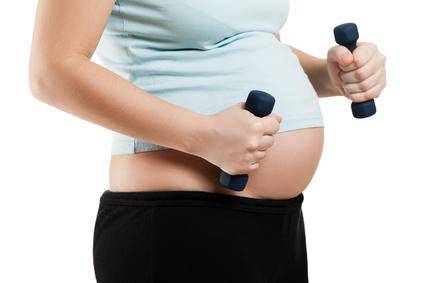
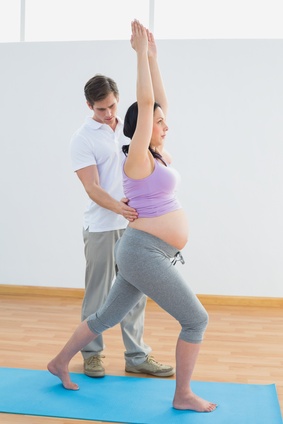 Pregnancy is a time of excitement, uncertainties, fears, and many profound physical and emotional changes. This “season in life” affords mom a wonderful opportunity to adopt a healthier lifestyle. Starting an exercise program during pregnancy is a great way to begin and continue this healthier lifestyle for herself and subsequently for her child. With obesity on the rise in the US, it is important for everyone to increase their current level of physical activity. This is especially important for pregnant women as the results of obesity and excessive weight gain have been shown to be detrimental to both mom and baby long term.
Pregnancy is a time of excitement, uncertainties, fears, and many profound physical and emotional changes. This “season in life” affords mom a wonderful opportunity to adopt a healthier lifestyle. Starting an exercise program during pregnancy is a great way to begin and continue this healthier lifestyle for herself and subsequently for her child. With obesity on the rise in the US, it is important for everyone to increase their current level of physical activity. This is especially important for pregnant women as the results of obesity and excessive weight gain have been shown to be detrimental to both mom and baby long term. The most recent guidelines for prenatal exercise were included in the 2008 US Dept. of Health and Human Services Physical Activity Guidelines (5). Women who are not currently active should strive for at least 150 minutes of moderate intensity cardiovascular activity per week. This translates to 30 minutes of exercise 5 days a week, very similar to the ACOG guideline. They recommend that those women who are currently active may continue their normal routine providing there is an open line of communication with their healthcare providers
The most recent guidelines for prenatal exercise were included in the 2008 US Dept. of Health and Human Services Physical Activity Guidelines (5). Women who are not currently active should strive for at least 150 minutes of moderate intensity cardiovascular activity per week. This translates to 30 minutes of exercise 5 days a week, very similar to the ACOG guideline. They recommend that those women who are currently active may continue their normal routine providing there is an open line of communication with their healthcare providers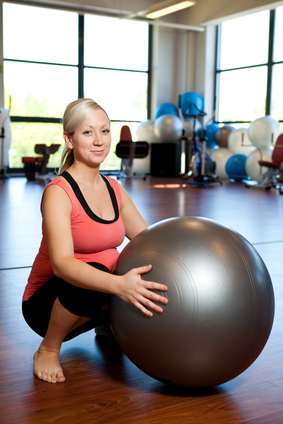 Pregnancy is an ideal time for maintaining or adopting a healthy lifestyle. Recommendations from ACOG Committee Opinion Number 650, “Physical Activity and Exercise During Pregnancy and the Postpartum Period” include:
Pregnancy is an ideal time for maintaining or adopting a healthy lifestyle. Recommendations from ACOG Committee Opinion Number 650, “Physical Activity and Exercise During Pregnancy and the Postpartum Period” include:

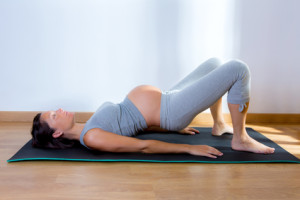 The understandable fear (due to things like decreased oxygen supply to the baby) that existed with pregnancy & exercise years ago is no longer warranted. Because of substantial research, it is now safe for women to continue or start exercising while pregnant. As long as she gets approval from her doctor & seeks out a qualified and certified fitness professional, she should be confident in knowing that the recommendations below will help her.
The understandable fear (due to things like decreased oxygen supply to the baby) that existed with pregnancy & exercise years ago is no longer warranted. Because of substantial research, it is now safe for women to continue or start exercising while pregnant. As long as she gets approval from her doctor & seeks out a qualified and certified fitness professional, she should be confident in knowing that the recommendations below will help her.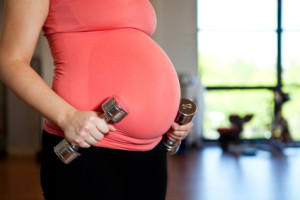 4. Weight Training Exercise: Circuiting training has shown to be very effective for mother’s to be throughout their entire pregnancy. These include exercises that work the entire body and can be performed back to back with little rest in between. I recommend exercises that work the following muscles: legs, chest, back, shoulders and arms. They can be done 2-3 days/week, 1-2 sets of 12-15 reps. The rest period can be in between 45-75 seconds.
4. Weight Training Exercise: Circuiting training has shown to be very effective for mother’s to be throughout their entire pregnancy. These include exercises that work the entire body and can be performed back to back with little rest in between. I recommend exercises that work the following muscles: legs, chest, back, shoulders and arms. They can be done 2-3 days/week, 1-2 sets of 12-15 reps. The rest period can be in between 45-75 seconds.
 Weight-bearing exercise such as walking, dancing, and running help maintain bone mass and some studies suggest they are more effective for keeping pregnancy weight gain within normal limits. As pregnancy progresses some women may not be able to continue weight-bearing exercise because of back or round ligament pain. If modifications such as wearing a belly support don’t relieve discomfort, switching to non-weight-bearing activities such as swimming, stationary biking, or other types of stationary exercise equipment is recommended.
Weight-bearing exercise such as walking, dancing, and running help maintain bone mass and some studies suggest they are more effective for keeping pregnancy weight gain within normal limits. As pregnancy progresses some women may not be able to continue weight-bearing exercise because of back or round ligament pain. If modifications such as wearing a belly support don’t relieve discomfort, switching to non-weight-bearing activities such as swimming, stationary biking, or other types of stationary exercise equipment is recommended.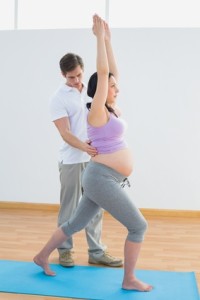 Exercise duration during pregnancy should reflect a woman’s current level of fitness and the type of activity she is doing. If you’re working with someone who’s just starting a prenatal exercise program the duration will be shorter (15-20 minutes) and progress slowly over time to 30-60 minutes. A pregnant woman who is already taking part in a fitness routine can continue with her current duration level, but exercise duration should be modified as needed to enable her to achieve a moderate to somewhat hard level of intensity without discomfort or undue fatigue.
Exercise duration during pregnancy should reflect a woman’s current level of fitness and the type of activity she is doing. If you’re working with someone who’s just starting a prenatal exercise program the duration will be shorter (15-20 minutes) and progress slowly over time to 30-60 minutes. A pregnant woman who is already taking part in a fitness routine can continue with her current duration level, but exercise duration should be modified as needed to enable her to achieve a moderate to somewhat hard level of intensity without discomfort or undue fatigue.
 Walking
Walking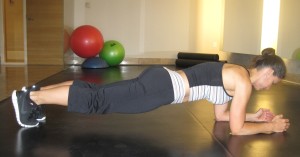 Planks are good exercises that target and tone your abs, thighs and butt. Planks are also a great way to strengthen your abs without straining your back and neck. Begin by lying on your stomach on the floor. Put your forearms on the floor beneath your shoulders and keep your back straight with your legs extended so that your toes touch the floor.
Planks are good exercises that target and tone your abs, thighs and butt. Planks are also a great way to strengthen your abs without straining your back and neck. Begin by lying on your stomach on the floor. Put your forearms on the floor beneath your shoulders and keep your back straight with your legs extended so that your toes touch the floor.